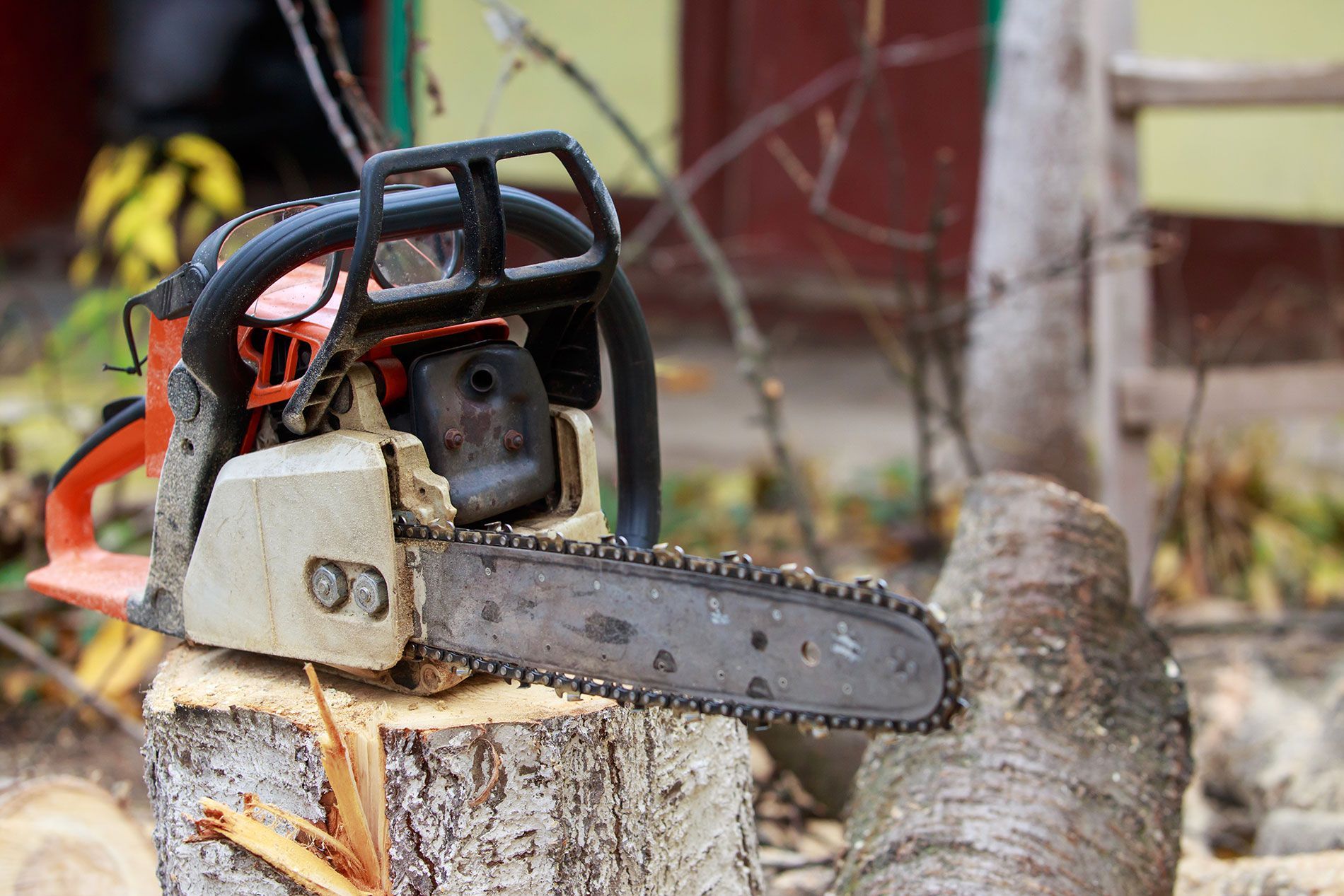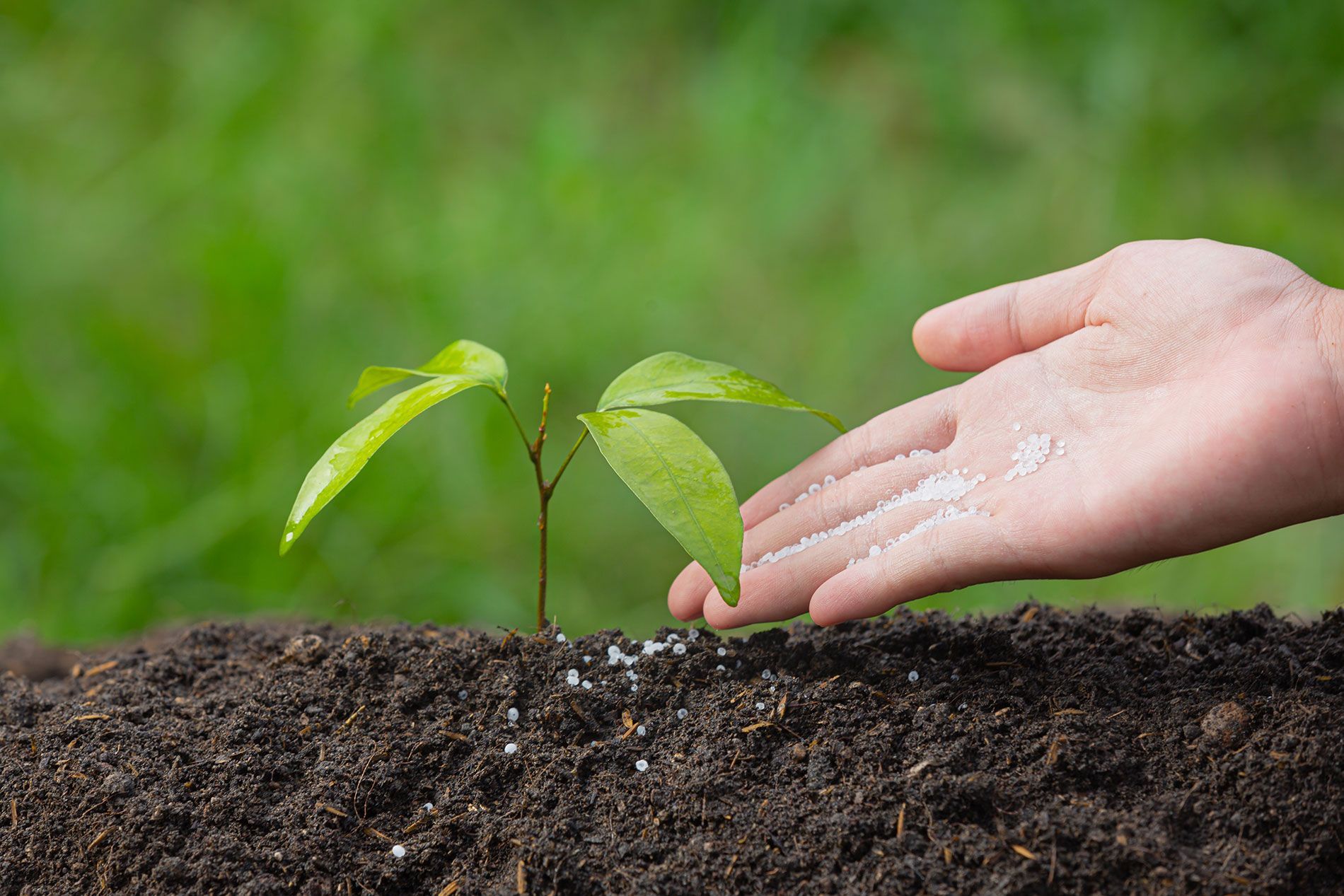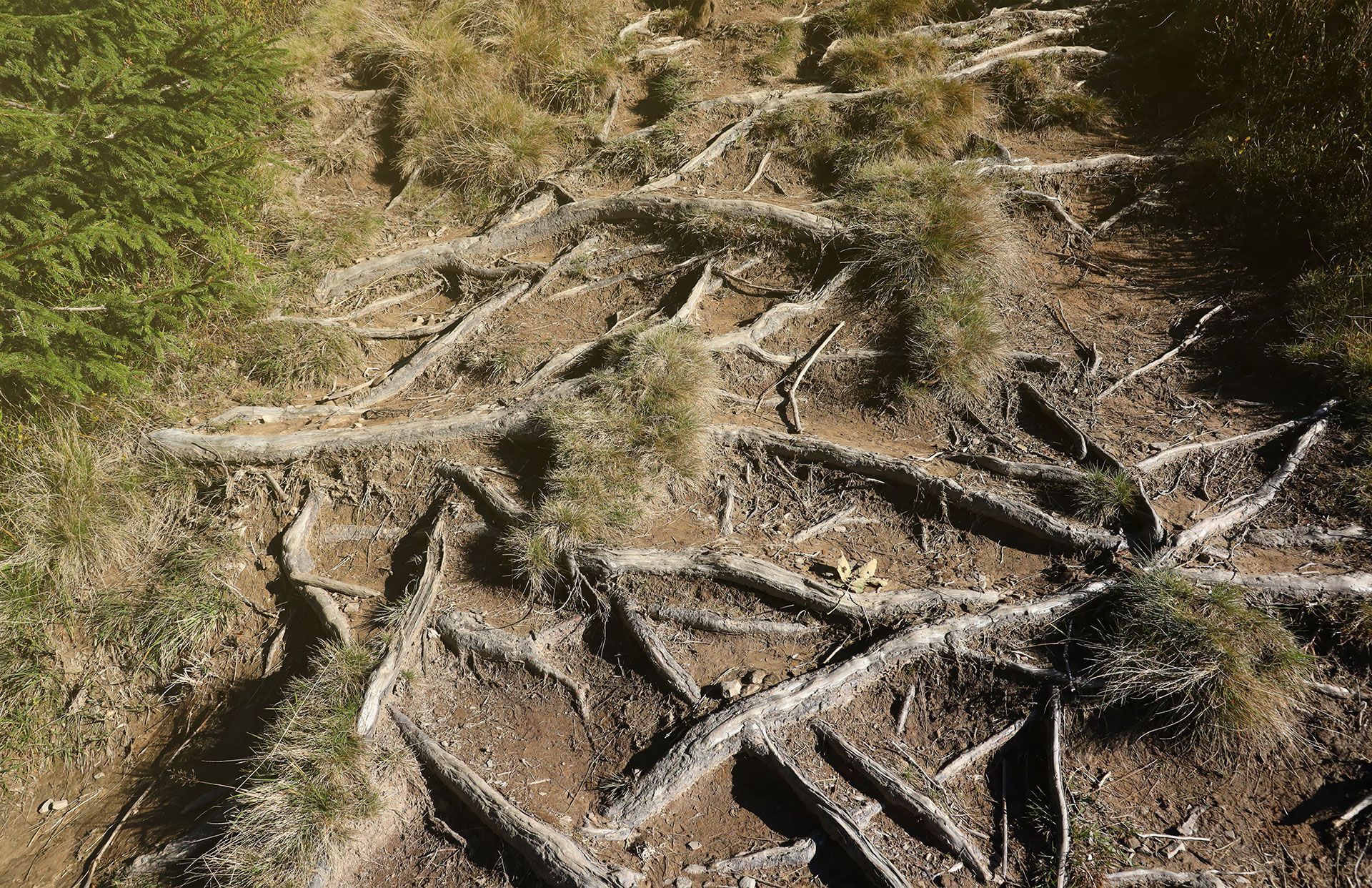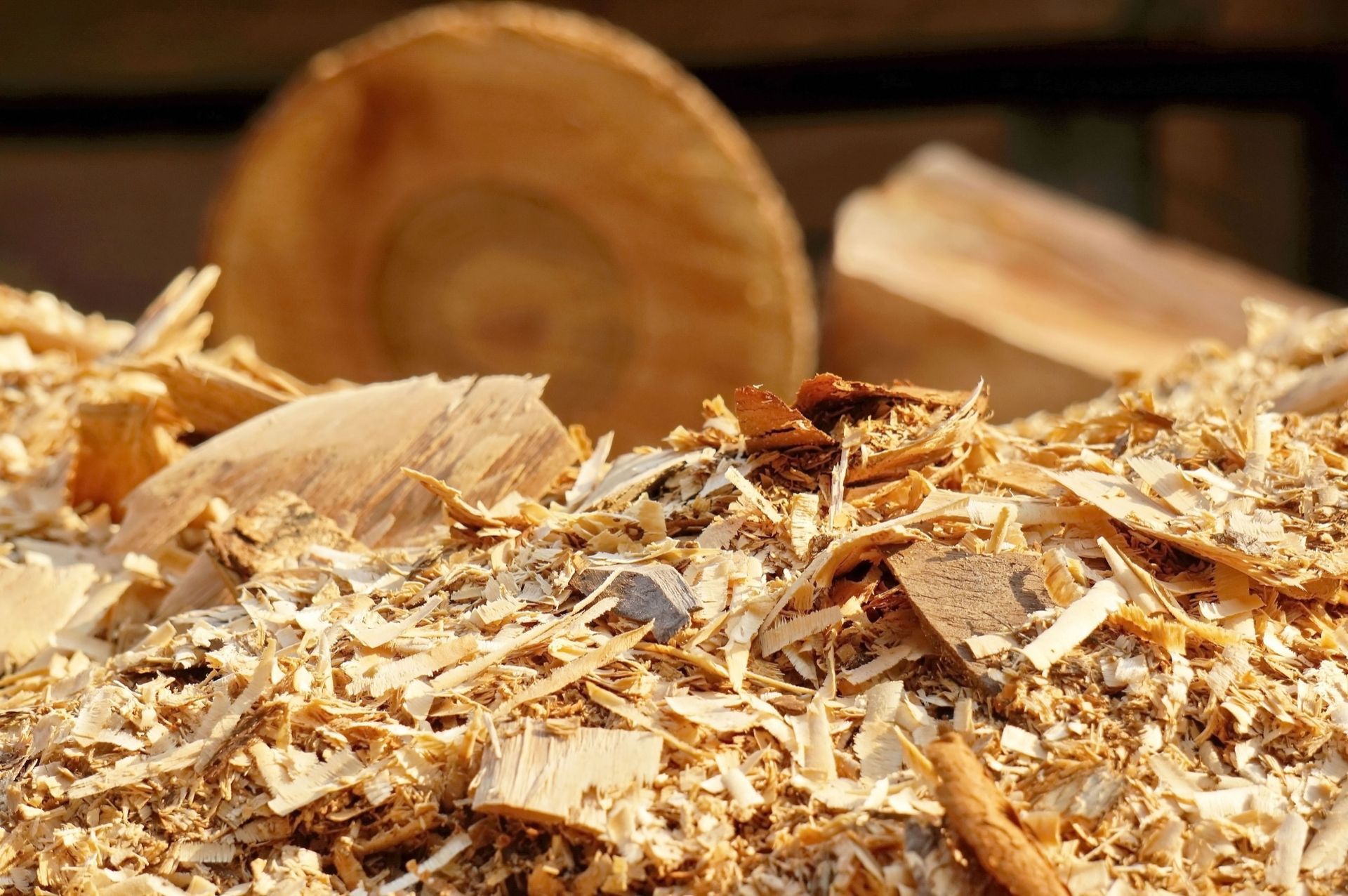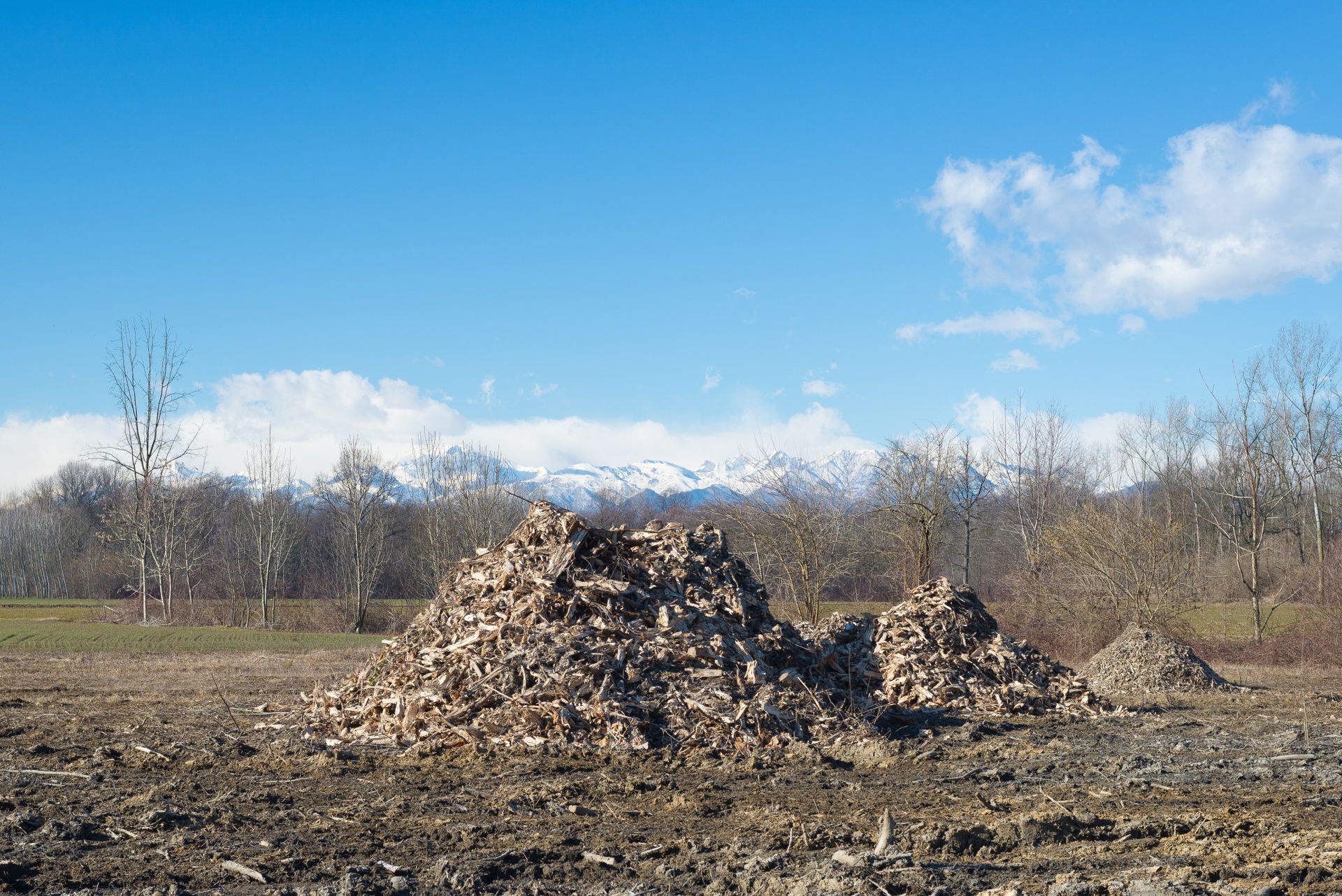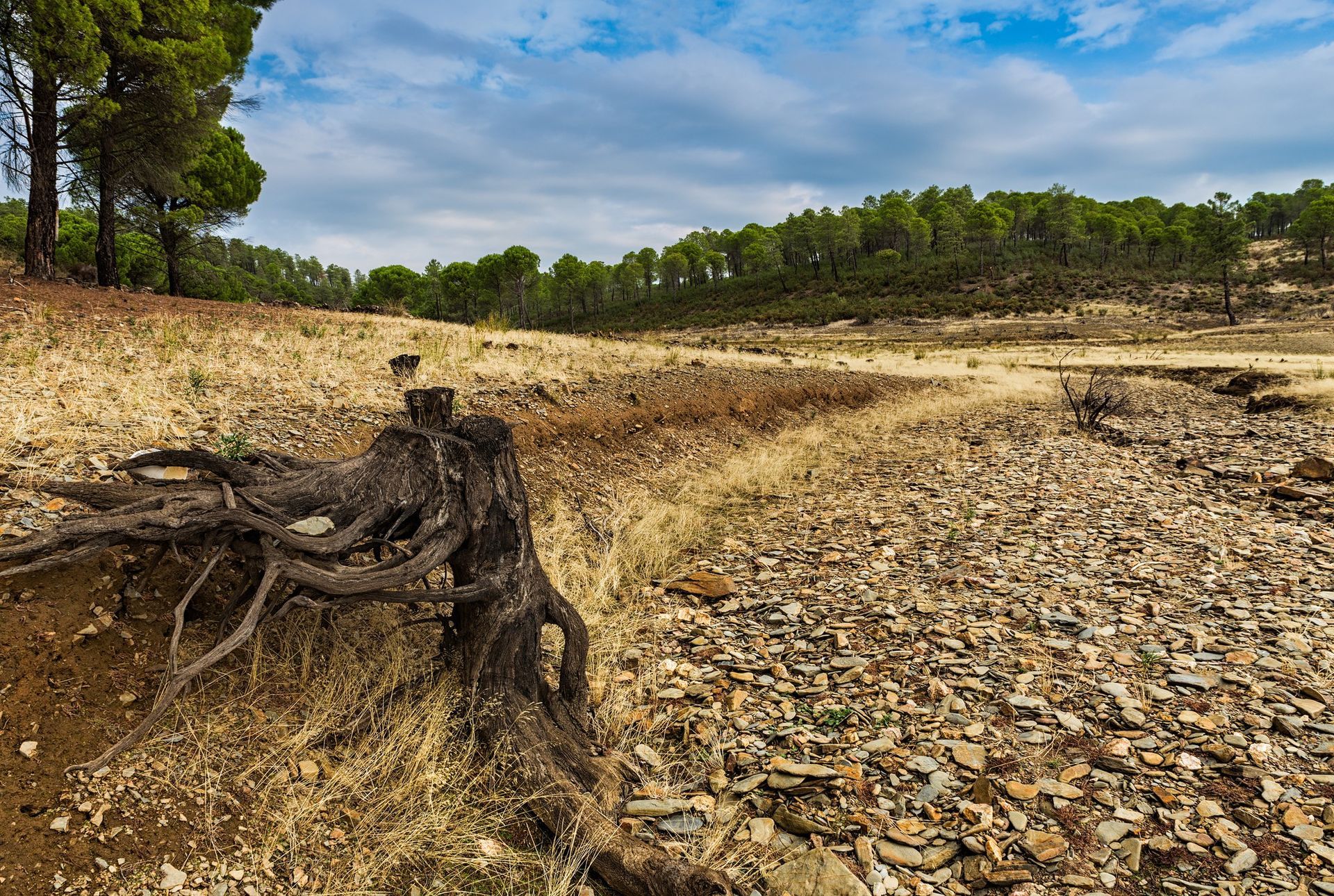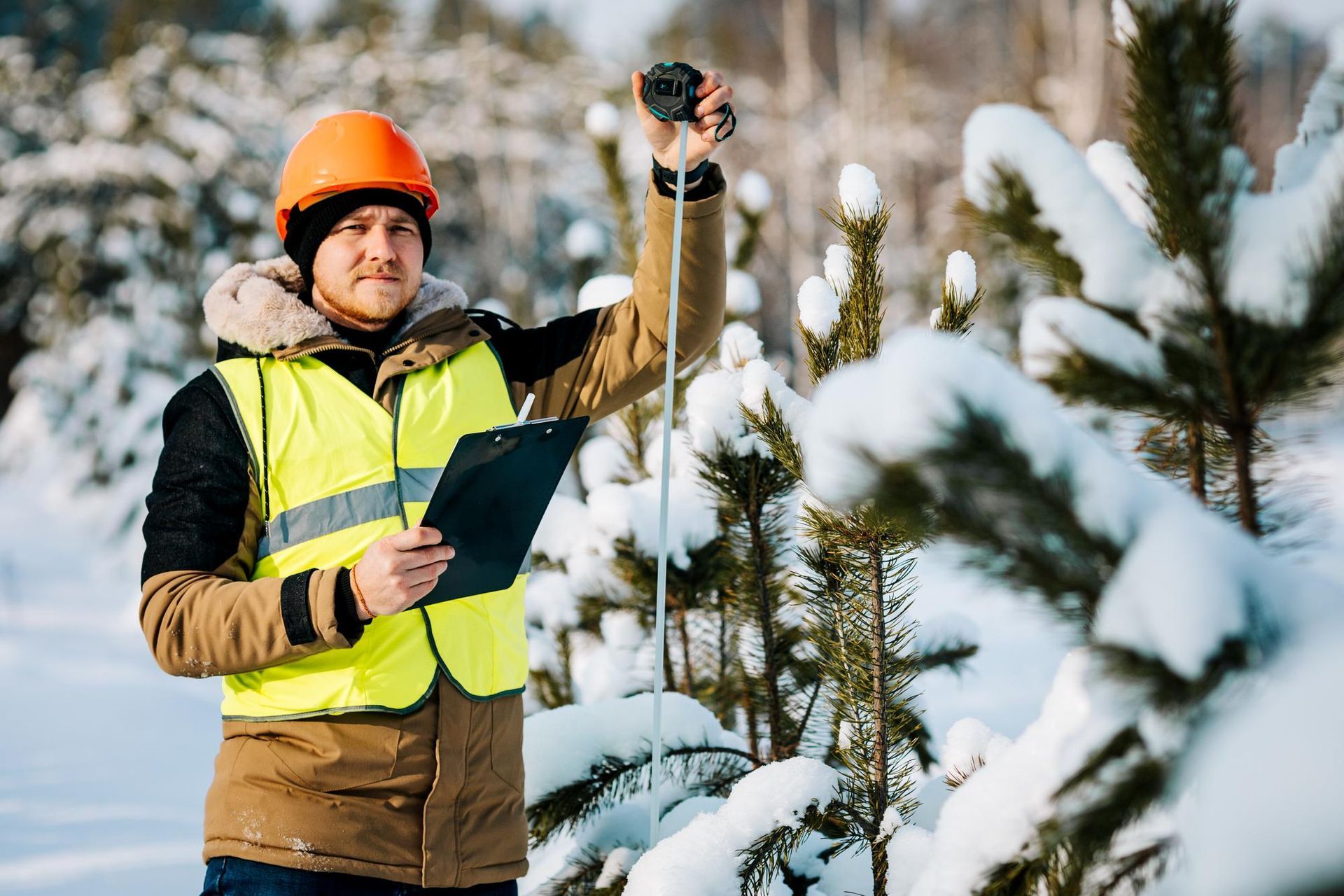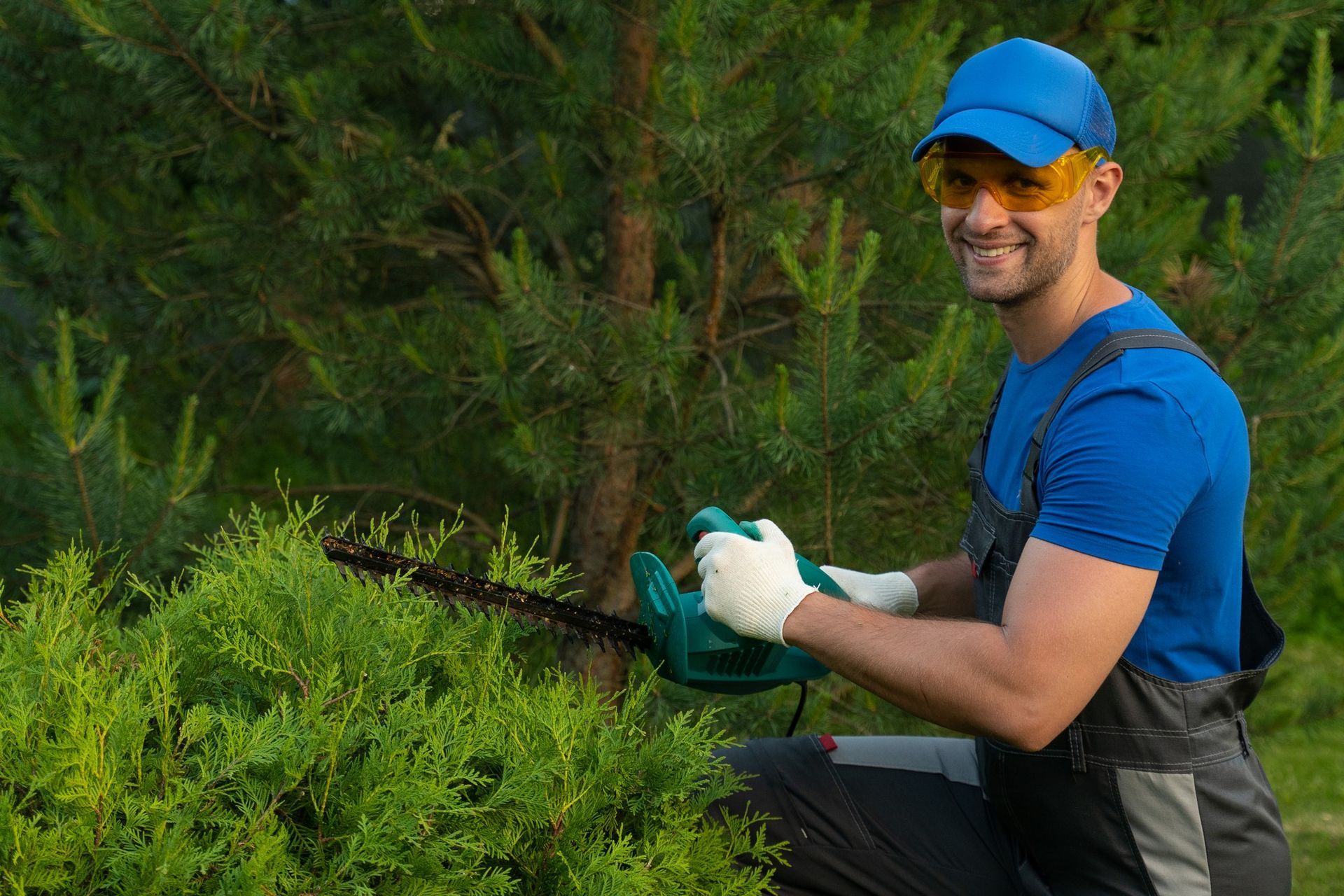Tree Pruning 101: Enhancing Your Landscape's Health and Aesthetics
Tree pruning is an essential gardening practice that significantly contributes to the health and aesthetics of your landscape. By implementing strategic tree pruning tips, gardeners can ensure their trees grow strong, healthy, and beautiful. This article will delve into the art and science of tree pruning, shedding light on its myriad benefits. Pruning isn't just about removing unwanted branches; it's a vital maintenance task that prevents diseases, encourages productive growth, and shapes the overall appearance of your garden. We'll explore the optimal times for pruning, the right tools for the job, and the techniques that can enhance the health and visual appeal of your trees. Whether you're a seasoned gardener or a novice looking to improve your green space, our comprehensive guide will equip you with the knowledge to prune with confidence, ensuring your trees remain a vibrant and flourishing part of your landscape.
Understanding Tree Pruning
Tree pruning is the selective removal of tree parts, typically branches, to improve the tree's health, safety, and aesthetic appeal. This practice is more than just cutting away; it's a precise operation aimed at encouraging healthy growth, enhancing the tree's structure, and maintaining its natural beauty. The purposes of tree pruning can be broadly categorized into health, safety, and aesthetics, each serving a distinct goal but often overlapping in their benefits.
Pruning for health involves removing diseased, damaged, or dead branches to prevent the spread of pathogens and pests that can further harm the tree. This proactive measure also allows for better air circulation and sunlight penetration within the canopy, which are critical for the tree's growth and the prevention of disease. By thinning out crowded branches, pruning promotes a stronger, more resilient tree structure.
Safety pruning focuses on eliminating potential hazards. Overgrown or weak branches can pose a risk during severe weather conditions, threatening property and personal safety. By removing these precarious limbs, pruning mitigates the risk of falling branches, ensuring a safer environment around the tree.
Aesthetic pruning enhances a tree's shape and appearance, contributing to the overall visual appeal of the landscape. This practice involves shaping the tree to complement the surrounding environment, maintaining its natural form while ensuring it remains proportionate and balanced. Aesthetic pruning not only boosts the tree's beauty but also its value, making it an integral aspect of landscape management.
The Benefits of Tree Pruning
Enhancing tree health and vigor is a fundamental benefit of regular pruning. By strategically removing diseased, dead, or competing branches, trees are better equipped to direct their energy towards the growth of healthy foliage and branches. This targeted energy distribution leads to a stronger, more robust tree structure capable of withstanding environmental stressors such as pests, diseases, and harsh weather conditions. Pruning also improves air circulation and sunlight exposure within the tree's canopy, essential factors in reducing the likelihood of disease and promoting vigorous growth.
For fruit-bearing trees, pruning is particularly beneficial in boosting fruit production. By thinning out overcrowded branches, more resources are allocated to fruit development, resulting in larger, healthier fruits. Pruning also facilitates better sunlight penetration and air circulation around the fruits, reducing the incidence of disease and promoting even ripening. Additionally, removing old, non-productive wood encourages the growth of new, fruitful branches, ensuring a consistent and bountiful harvest year after year.
Safety is another critical aspect addressed through tree pruning. Overgrown or dead branches can become hazardous, especially during severe weather conditions, posing a threat to people, power lines, and structures nearby. Regular pruning helps eliminate these dangers, reducing the risk of property damage and personal injury.
Moreover, tree pruning significantly enhances the visual appeal of the landscape. A well-pruned tree has a balanced, harmonious shape that complements its surroundings, contributing to the overall aesthetic value of the property. By maintaining the natural form of trees and removing unsightly branches, pruning plays a crucial role in creating and preserving attractive outdoor spaces.
Best Time for Tree Pruning
The optimal season for pruning trees largely depends on their species and the specific goals of pruning. Generally, late winter to early spring, just before the onset of new growth, is considered ideal for most trees. This timing, when trees are dormant, minimizes stress on the trees and allows for a clear view of the structure, making it easier to identify which branches should be removed. Additionally, wounds heal faster as the new growth begins, reducing the risk of disease and pest infestation.
However, there are exceptions. For example, spring-flowering trees, such as cherry and dogwood, are best pruned immediately after they bloom. Pruning these trees during dormancy would remove the buds that will become the spring flowers. Conversely, trees that are susceptible to certain diseases, like oaks vulnerable to oak wilt, should be pruned during the dormant season to reduce the risk of disease transmission.
Timing also matters for the safety of the pruner. Pruning during dormant seasons reduces the likelihood of encountering pests and diseases that are more active in warmer months. Additionally, the absence of foliage provides better visibility, reducing the risk of accidents. For regions with severe weather conditions, such as heavy snow or strong winds, pruning in late winter ensures that trees are less likely to suffer damage from the weight of snow or the force of wind, thereby also protecting the safety of the pruner and surrounding property.
Tools and Equipment Needed for Pruning
In the realm of tree pruning, having the right tools is pivotal for achieving clean cuts and minimizing damage to the trees. Essential pruning tools include:
- Hand Pruners: Ideal for cutting small branches and twigs up to ¾ inches in diameter. There are two types: anvil pruners, which cut against a flat surface, and bypass pruners, which have two curved blades that pass by each other, much like scissors. Bypass pruners are preferred for live branches, as they provide a cleaner cut.
- Loppers: Similar to hand pruners but with long handles, loppers provide leverage to cut branches up to 2 inches in diameter. They are perfect for reaching deeper into the canopy or cutting thicker branches that hand pruners cannot handle.
- Pruning Saws: For branches over 2 inches in diameter, pruning saws are the tool of choice. Available in various sizes and shapes, these saws can cut larger branches with precision.
- Pole Pruners: Pole pruners or pole saws extend your reach to higher branches, eliminating the need for ladders in many cases. They can be manual or powered, with the latter providing additional cutting force.
Maintaining and sanitizing these tools is crucial to prevent the spread of diseases between plants. After each use, clean the blades with soapy water or a mild disinfectant solution, and dry them thoroughly to prevent rust. Sharpen the cutting edges regularly to ensure clean cuts, which heal more quickly and reduce the risk of disease. Applying oil to moving parts can also prevent rust and keep the tools functioning smoothly. By adhering to these maintenance practices, gardeners can ensure their pruning efforts are both effective and hygienic.
Basic Pruning Techniques
Pruning cuts are categorized mainly into thinning cuts and heading cuts, each serving distinct purposes in tree care. Thinning cuts involve removing entire branches or limbs at their point of origin from the main stem or another branch. This technique is used to reduce the density of the tree's canopy, allowing more light and air to penetrate the inner branches, improving the tree's health and structure without stimulating excessive new growth. Thinning cuts are particularly beneficial for maintaining the natural shape of the tree and for removing diseased or weak limbs.
Heading cuts, on the other hand, involve cutting a branch back to a bud or a smaller branch. This type of cut is used to encourage the growth of new branches and leaves, making it useful for shaping the tree or bush and promoting a denser canopy. However, heading cuts can stimulate vigorous growth at the site of the cut, which can sometimes be undesirable if overdone.
To avoid damaging the tree, proper pruning techniques must be followed. Cuts should be made at a slight angle, just above a bud or branch, ensuring not to leave too much of a stub, which can hinder healing and invite pests or disease. It's also crucial to avoid cutting too close to the bud or into the branch collar (the swollen area where the branch joins the trunk) to prevent damage to the tree's natural healing structures. Proper cuts heal faster and reduce the risk of disease, ensuring the tree remains healthy and vigorous.
Pruning Different Types of Trees
Pruning guidelines vary significantly among deciduous trees, evergreens, and fruit trees, each requiring specific considerations to maintain their health, shape, and productivity.
Deciduous Trees: Prune these trees during dormancy in late winter for the best results. Focus on removing dead or diseased branches, thinning out crowded areas to improve light penetration and air circulation, and shaping the tree to maintain its natural form. Avoid heavy pruning in spring when sap is flowing.
Evergreens: These vary in pruning needs based on their type (needle-leaved or broad-leaved). Needle-leaved evergreens like pines are best pruned in early summer by pinching back new growth, whereas broad-leaved evergreens can be pruned in late winter or early spring to maintain shape and size.
Fruit Trees: Pruning is crucial for fruit trees to promote healthy fruit production. Winter pruning encourages vigorous growth, while summer pruning helps control the size and improve sunlight exposure to the fruits. Remove any suckers, water sprouts, and competing branches to direct the tree's energy into fruit production.
For young trees, the focus should be on establishing a strong structure, removing only defective branches and shaping the tree as it grows. Mature trees require less frequent pruning, focusing on the removal of dead or dangerous limbs and maintaining tree health and safety. Always consider the specific growth patterns and requirements of the tree species to ensure optimal care.
Common Pruning Mistakes to Avoid
Common pruning errors can have significant adverse effects on tree health and aesthetics. Over-pruning, or removing too much foliage at once, is a prevalent mistake. Trees rely on their leaves for photosynthesis, and excessive removal can weaken the tree, reducing its energy reserves and making it more susceptible to stress and disease. Ideally, no more than 15-20% of a tree's canopy should be removed in a single pruning session.
Improper cuts, such as leaving stubs or cutting too close to the trunk (flush cuts), can also be detrimental. Stubs can hinder the tree's natural healing process, leading to decay and infection. Flush cuts can damage the trunk and remove the branch collar, an important area that contains cells critical for wound closure. Both practices can create entry points for pests and diseases, compromising the tree's structural integrity.
Wrong timing is another common error. Pruning at the wrong time of year can lead to unwanted growth, prevent flowering, or expose the tree to harsh weather conditions or pests. For example, pruning certain trees in spring can lead to excessive sap loss, while summer pruning can lead to sunburn on exposed branches and the trunk.
Understanding the specific needs of each tree species and adhering to best pruning practices is crucial to avoid these mistakes and ensure the health and longevity of trees.
Safety Tips for Tree Pruning
Adhering to essential safety measures is crucial when pruning trees to prevent injuries and accidents. Always wear appropriate protective gear, including gloves, safety glasses, and a hard hat, to protect against falling branches and debris. Use sturdy ladders and ensure they are securely positioned before climbing. When using power tools, such as chainsaws, ensure you are trained in their operation and wear additional protective equipment like ear protection and safety chaps.
Be mindful of your surroundings, especially the location of power lines and structures that could be damaged by falling branches. Never attempt to prune near power lines yourself; this is extremely dangerous and should be left to professionals.
Knowing when to call in professional arborists is equally important for safety and the health of your trees. Complex situations, such as pruning large trees, trees near power lines, or trees that require climbing, warrant the expertise of a certified arborist. Professionals are equipped with the knowledge, tools, and safety equipment to handle challenging pruning tasks effectively and safely. Additionally, if a tree shows signs of disease or structural problems that are difficult to assess, consulting an arborist can provide the necessary expertise to address the issue without compromising the tree's health or your safety.
Conclusion
Tree pruning stands as a cornerstone in nurturing a healthy, vibrant, and aesthetically pleasing landscape. Through the meticulous removal of diseased, damaged, or unnecessary branches, pruning not only fortifies tree health and vigor but also significantly enhances the overall beauty and safety of your outdoor spaces. By fostering improved air circulation and sunlight penetration, pruning encourages robust growth, increases fruit yield in productive trees, and diminishes potential hazards posed by unstable branches.
Embracing the tips and techniques discussed in this guide can transform the way you approach tree care, elevating the health and appearance of your landscape to new heights. Whether it's selecting the right tools, mastering various pruning cuts, or understanding the optimal timing for pruning different tree types, applying these principles will ensure your trees remain a thriving and enchanting aspect of your garden.
For those who may feel uncertain about tackling more complex pruning tasks or dealing with large, mature trees, professional assistance is just a call away. Big Mountain Tree Service, reachable at 406-261-2042, offers expert arboricultural services to safeguard the health and beauty of your trees. Entrusting your tree care needs to professionals ensures that your landscape remains not only visually striking but also structurally sound and safe for everyone to enjoy.
